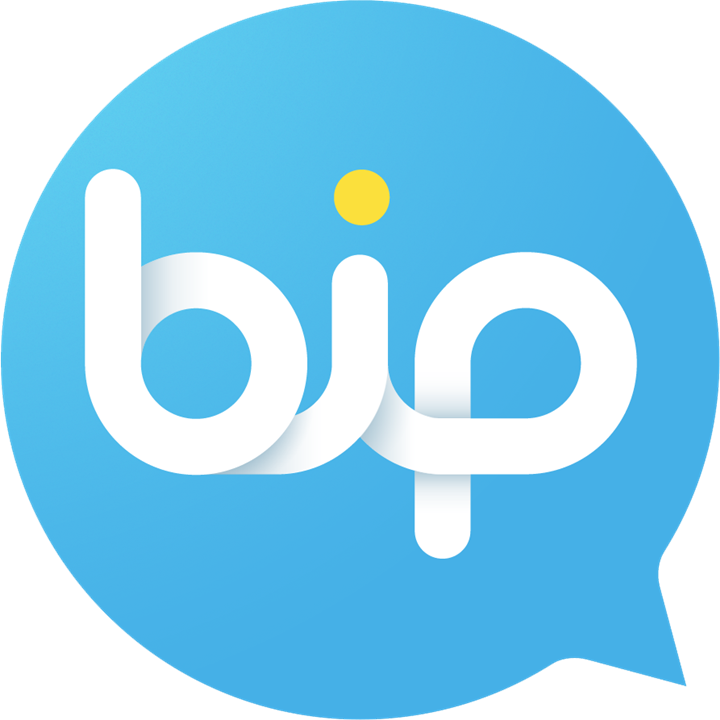California startup tests communication between people in dreams
Wearable devices allowed participants to communicate during REM sleep, with future tests planned for real-time dream interactions, REMspace CEO Michael Raduga tells Anadolu
 File Photo
File Photo
CALIFORNIA
The founder of a California sleep-technology startup says his team has enabled two people to exchange simple phrases while dreaming, using a wearable device that tracks lucid REM sleep and relays audio signals between participants.
Michael Raduga, CEO of REMspace, told Anadolu that his group spent years attempting to establish dream-to-dream communication.
“Communication in dreams is possible via the phenomenon called lucid dreaming,” he said. “When you have consciousness in REM sleep, you understand what’s going on as if you are in reality, so you can control what you do.”
Inside REMspace’s dream tests
To avoid stress and traffic, Raduga conducts all his work from home, and his employees also work remotely from different cities and countries.
Raduga said the company relied on “very advanced lucid dreamers” who can induce lucid dreams nearly every night and tolerate sleeping while covered in electrodes.
“Around the world, there are maybe just a few dozens of people who can participate in our studies,” he said. “It’s very stressful and requires a lot of experience.”
Participants wore a multi-sensor device capable of measuring EEG activity, eye movements and facial muscle responses.
Raduga said the system allowed REMspace’s server to detect REM sleep with “very high accuracy” and identify when a sleeper became conscious.
“Once somebody was conscious in a dream, our server was sending audio signals to this person.”
The sleeper was instructed to repeat a short, randomized phrase, which the device captured using residual facial muscle activity.
“If the phrase is the same, it means they were able to transmit it,” Raduga said.
He noted that about 10 lucid dreamers took part, and the exchanges were limited to simple, two-sound words.
'I implanted a device in my own skull'
Raduga said a more powerful version of the device, which he displayed during the interview, should enable future tests with “more complex phrases” and potentially “communication in real time.”
He said the company has completed a peer-reviewed scientific paper on the research, with publication expected in the coming months.
“This experiment took us years of attempts and preparation. When we were finally able to achieve it, after a few years of attempts, it was one of the most exciting moments in my life.”
Raduga also acknowledged the ethical implications of more advanced dream-recording technology.
“Somebody will try to hack it, get access to it,” he said. “People will try to invade your dreams and manipulate your dreams. It is inevitable — all we can do is prevent it and think about it in advance.”
He also described a controversial personal experiment, claiming he once implanted a device into his own skull several years ago to accelerate research before moving to the US.
“It was the first ever self-neurosurgery,” he claimed.
Despite the experimental nature of the work, Raduga said he believes lucid dreaming will soon become widely accessible. “In just a few years, lucid dreaming will be an easy thing to achieve. With our upcoming technology, it’s going to be effortless.”
Inspired by Elon Musk
Raduga, who hangs portraits of scientists throughout his home, said Elon Musk’s achievements motivated him early on.
“I thought, if he is able to achieve so much, why can’t I open one laboratory and achieve something by myself? As a result, Elon's achievements helped me to be more confident in what I was going to do,” he said.
Anadolu Agency website contains only a portion of the news stories offered to subscribers in the AA News Broadcasting System (HAS), and in summarized form. Please contact us for subscription options.


